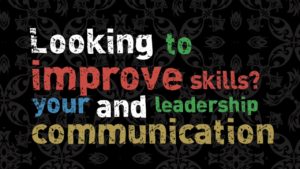Have you heard of toastmasters?
Can Toastmasters help you to be a better speaker?
If you are or were a toastmaster, I think your answer to the above question is YES.
If you don’t know what toastmasters are. Check out the below videos.
“Why Join Toastmasters?”
The Schwan Food Company’s Chief Executive Officer from 2008 to 2013, Greg Flack, gave his personal testimony on the value of the Toastmasters program and explained how participating in Toastmasters helps people grow professionally and personally.
Why Toastmasters?
Tom Dowd presents at an open house at Lewiston-Auburn Toastmasters on February 7, 2012 about how Toastmasters International has made a profound difference in his life and career.
What is Toastmasters?
Also, you can check out the below article “Can Toastmasters Help You Be a Better Public Speaker” written by George Torok.
If you want to overcome stage fright and learn to speak with confidence, join a toastmasters club.
You are welcome to visit our Kampong Ubi Toastmasters Club if you are living in Singapore.
——–
Can Toastmasters Help You Be a Better Public Speaker?
By George Torok
The short answer is yes.
Toastmasters can help you improve your presentation skills. Toastmasters has helped hundreds of thousands of people around the world improve their presentation, public speaking, and communication skills. Continue reading




